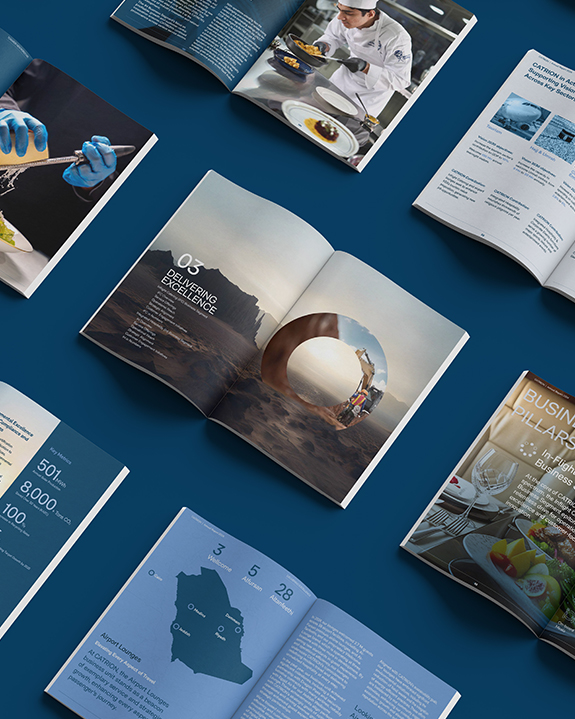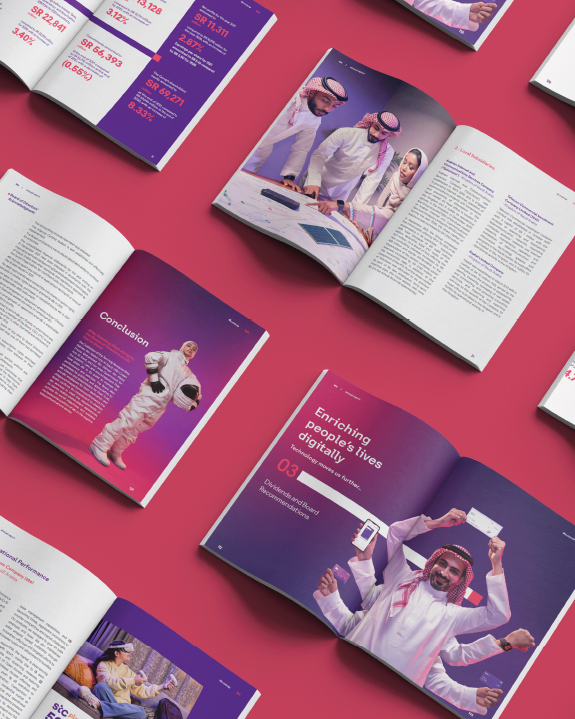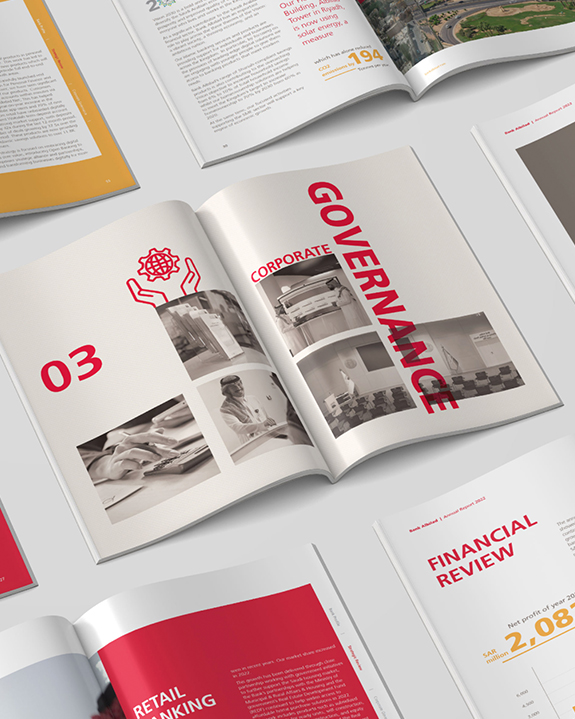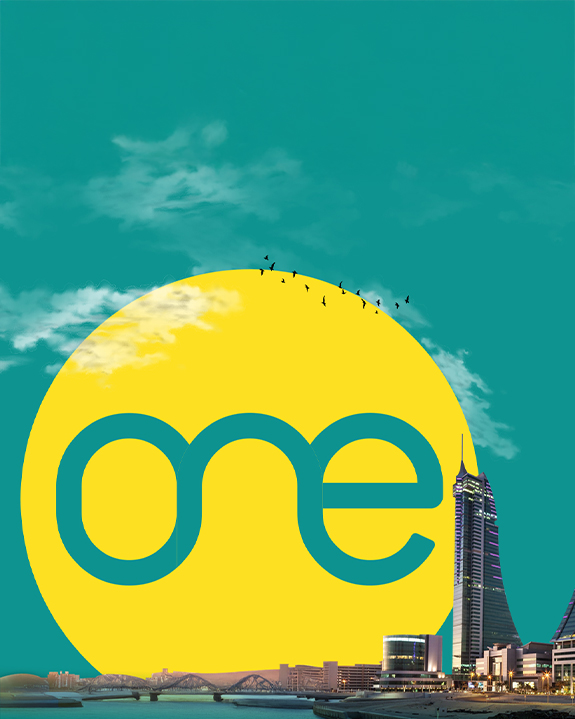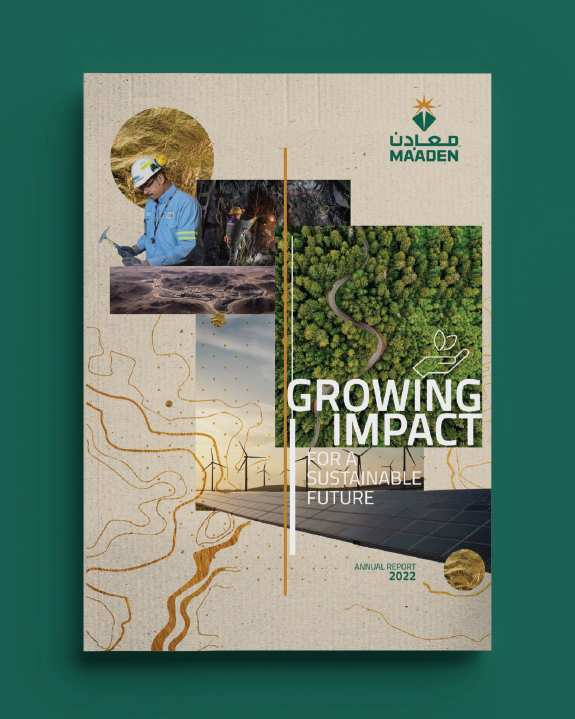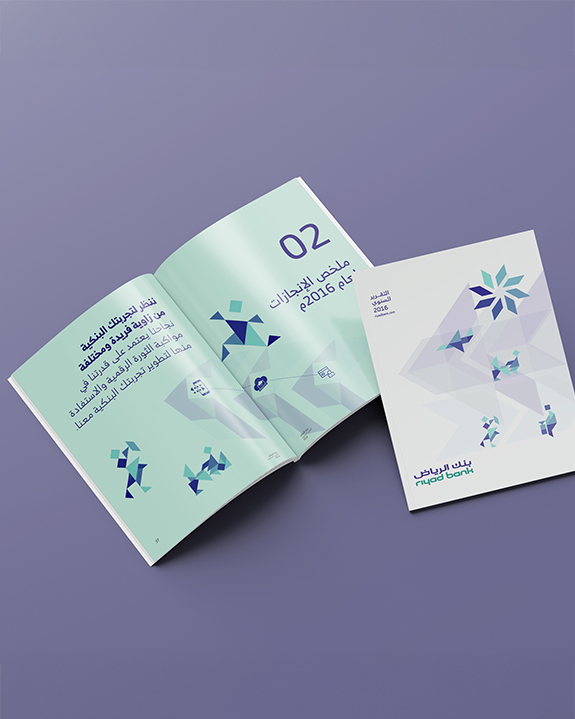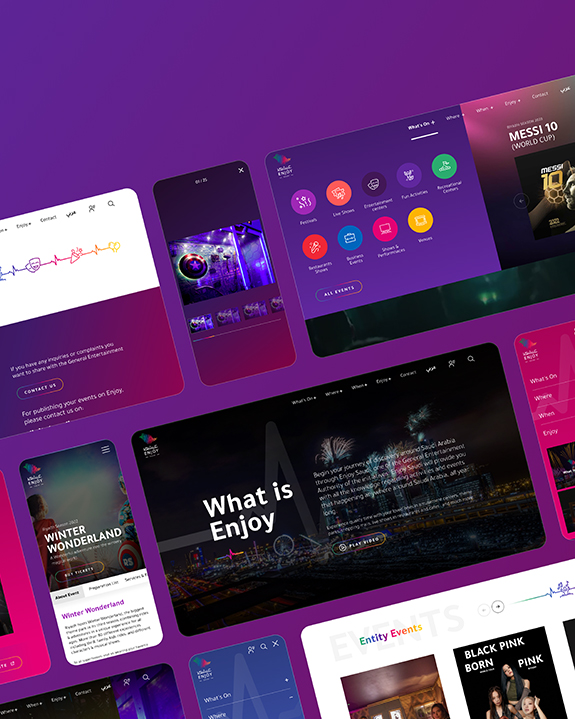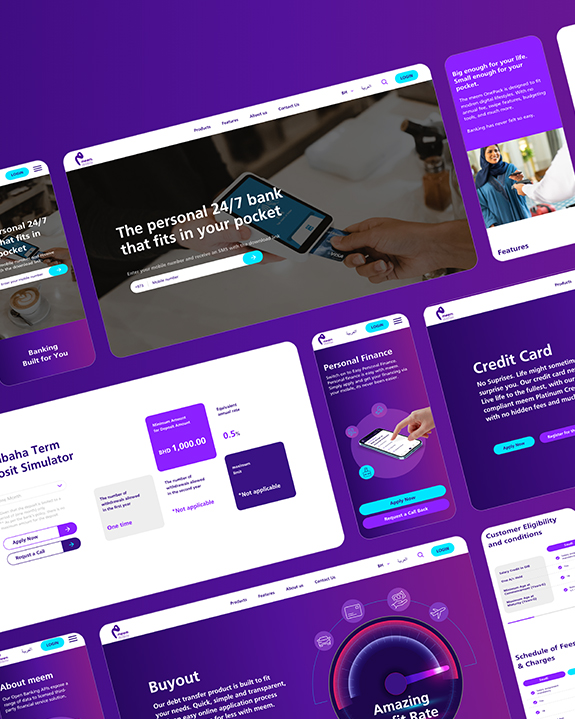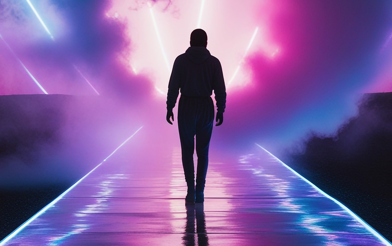The next frontier of UX is
intuition.
Gulf innovators are
designing systems that
serve before users even ask.
You open your banking app to pay a bill. Before you even reach the payment tab, it reminds you of your upcoming trip to London, and offers to convert your currency at a preferential rate.
That’s not a coincidence. It’s an intelligent system at work. Designed to anticipate your needs before you act.
For years, UX design focused on smoother interactions: cleaner layouts, faster load times, fewer clicks. These still matter. But in Saudi Arabia, the UAE, Bahrain, and across the GCC, the most forward-thinking organizations are asking a bigger question:
How do we connect every interaction into a unified digital ecosystem, one that works for the customer, citizen, or investor before they even know they need it?
Why the Interface Is No Longer Enough
Across the GCC, enterprises are scaling fast. Vision 2030, national digital transformation strategies, and infrastructure investments have accelerated change, and complexity.
Multiple platforms serve the same user.
Data is trapped in silos.
Teams operate with different goals and timelines.
The result? Fragmented experiences. A citizen may use a mobile government portal that doesn’t connect with housing services. A telecom app may miss the moment a user becomes eligible for a device upgrade.
UX/UI design services can only solve part of the problem.
To meet the expectations of a hyper-connected population, enterprises need experience ecosystems; adaptive, AI-driven business solutions that work seamlessly across channels.
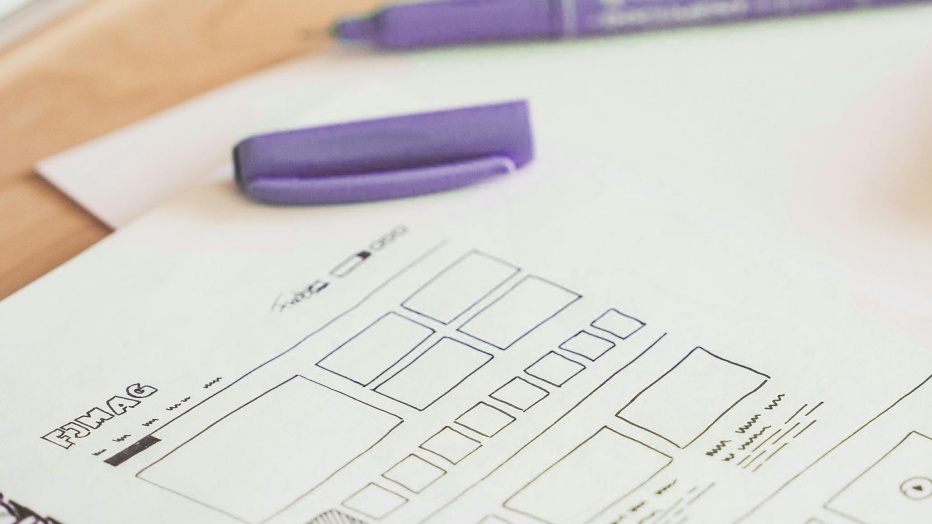
What We Mean by “Experience Ecosystems”
An experience ecosystem is more than a collection of apps. It’s a network of touchpoints, digital, physical, and human, that share intelligence, adapt in real time, and act as a unified system.
At Spark, our brand experience design and digital product teams focus on three pillars:
Predictive Design
Experiences that anticipate needs based on behavior, not just history.
Example: A government platform that prompts business owners about license renewals, with forms and payment links ready.
Data Interoperability
Breaking silos so data flows securely between systems and power better customer experiences. Example: A telecom integrating usage, care history, and device data to offer proactive solutions, not reactive scripts.
Human-Centred Governance
Designing intelligence that respects accessibility, trust, and cultural nuance.
Example: Personalization that adapts tone, language, and timing to Saudi, Emirati, or Bahraini audiences.
The Commercial Advantage
Experience ecosystems are not just a design philosophy. They are a strategic growth asset that touches branding, operational efficiency, and customer trust.
Loyalty through relevance
Anticipate SME loan needs before a cash flow dip, and you build trust beyond rates.
Operational efficiency
Unified platforms reduce duplication, manual fixes, and broken experiences.
Speed to market
Launching new features takes weeks, not months, when systems are built to scale.
GCC: A Region Ready for Ecosystem Thinking
The GCC is uniquely positioned to lead:
Data infrastructure
5G, smart cities, and cloud adoption enable real-time, connected experiences.
Cultural expectations
In high-service cultures, anticipation is care, and care builds trust.
Why Design Systems Matter in Ecosystem Thinking
Scalable execution is essential for experience ecosystems, great ideas alone won’t deliver impact. That’s where design systems come in.
A design system is a set of reusable components, guidelines, and principles that ensure consistency across platforms, products, and teams. In ecosystem design, it becomes the backbone of speed, cohesion, and brand integrity.
Here’s why it matters:
Faster development cycles
Teams can launch new features without reinventing the wheel.
Consistent user experience
building a story that connects performance, vision, and values
Brand alignment
Visual and verbal identity stays intact, even as platforms evolve.
Cross-team collaboration
Designers, developers, and strategists speak the same language.
In the GCC, where digital transformation is happening at scale, design systems are not just helpful, they’re essential.
At Spark, we build modular systems that support growth, governance, and innovation, without sacrificing creativity.
From Silos to Synergy: The Internal Shift Required
Experience ecosystems call for design vision backed by organizational readiness.
Many enterprises in Saudi Arabia, the UAE, and Bahrain still operate in silos: marketing owns the website, IT owns the app, customer service owns the portal. The result? Disconnected experiences and missed opportunities.
To shift from interfaces to ecosystems, internal alignment is key.
Shared KPIs
Teams must measure success through unified metrics, like customer lifetime value or journey completion rates.
Integrated roadmaps
Product, design, and tech teams should plan together, not in isolation.
Leadership buy-in
Ecosystem thinking needs executive sponsorship to break silos and fund transformation.
Culture of iteration
Teams must embrace feedback loops, agile testing, and continuous improvement.
We help organizations evolve. Because the best ecosystems flourish when built together, not apart.
The Role of Brand in Experience Ecosystems
While technology powers the ecosystem, it’s brand that gives it meaning.
Every interaction, from a push notification to a dashboard layout, is a reflection of your brand’s values, tone, and promise.
In fragmented systems, brand often gets diluted.
But in a well-orchestrated experience ecosystem, brand becomes the connective tissue.
Here's how:
Consistency builds trust
When tone, visuals, and messaging align across channels, users feel confident in who they’re dealing with.
Emotion drives engagement
A well-branded experience doesn’t just function, it resonates. It turns transactions into relationships.
Clarity reduces friction
Brand-led UX ensures that every interaction feels intentional, intuitive, and aligned with user expectations.
In the GCC, where brand perception is closely tied to trust and reputation, weaving brand into the ecosystem isn’t optional, it’s essential.
At Spark, we integrate brand strategy into every layer of experience design, ensuring that your ecosystem doesn’t just work, it speaks.
How to Start Building an Experience Ecosystem
Transformation can feel overwhelming. Here’s where to begin:
Here's how:
Map your current ecosystem
List every touchpoint. Gaps and overlaps will surface quickly.
Define the intelligence layer
Identify the data and logic that drive proactive interactions.
Prioritize high-impact journeys
Focus on moments that build trust, retention, and long-term value.
Build for scalability
Use platforms, design systems and governance models that allow future integration, without starting from scratch.
Interfaces Solve Moments. Ecosystems Solve Journeys.
In a region defined by ambition and acceleration, the winners won’t be those who design for today, but those who build systems that evolve, anticipate, and connect.
At Spark, we partner with enterprises across Saudi Arabia, the UAE, Bahrain, and the GCC to design and orchestrate these ecosystems.
Our approach blends branding, UX/UI design, digital platforms, AI solutions, and content strategy to deliver experiences that anticipate needs, build trust, and drive sustainable growth.












